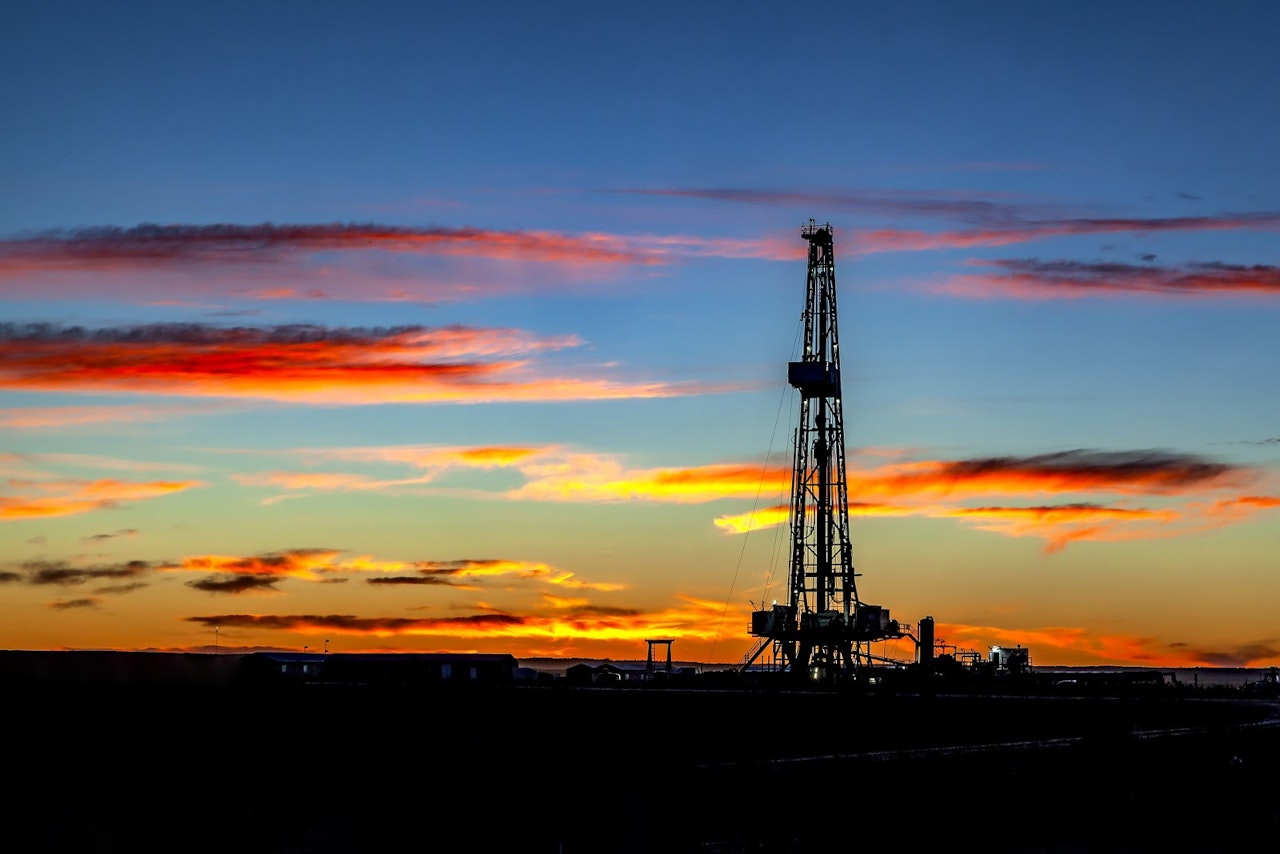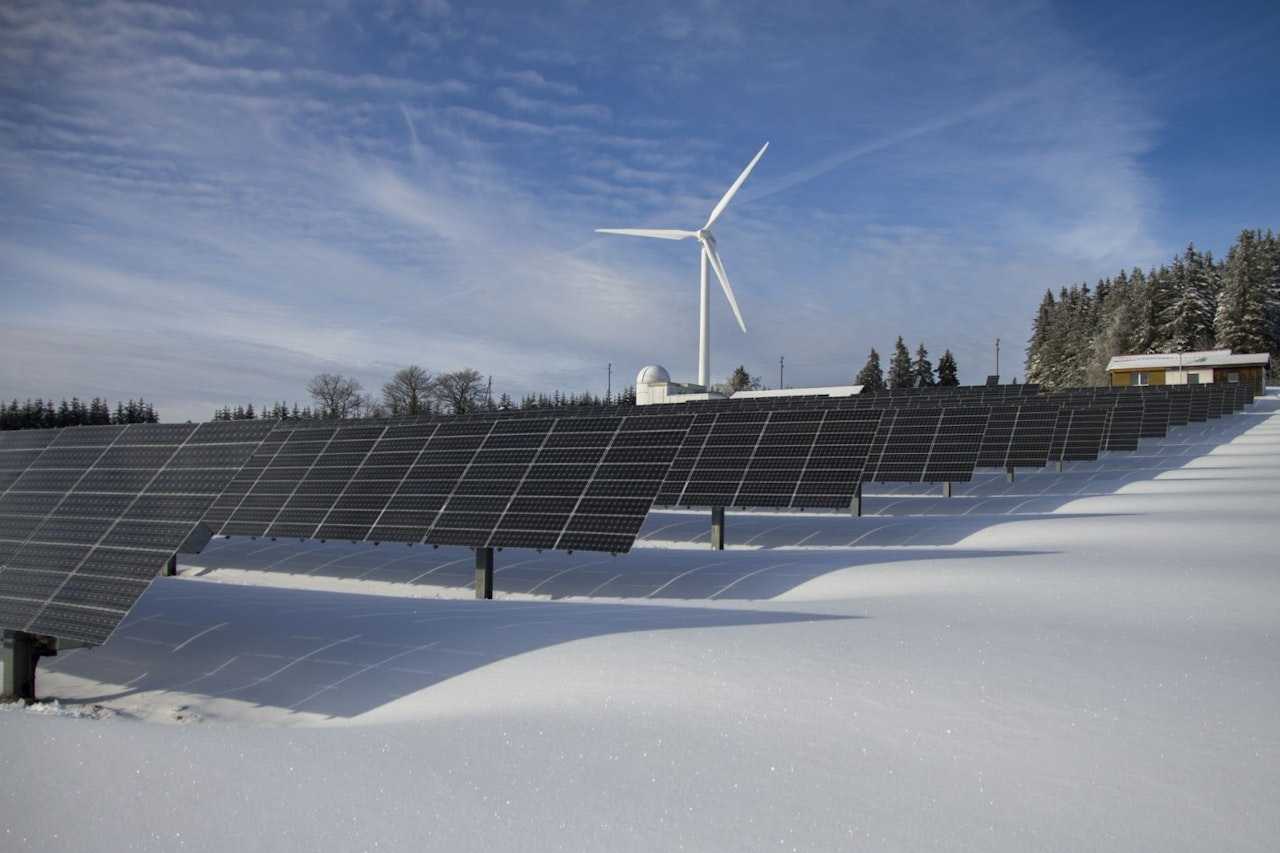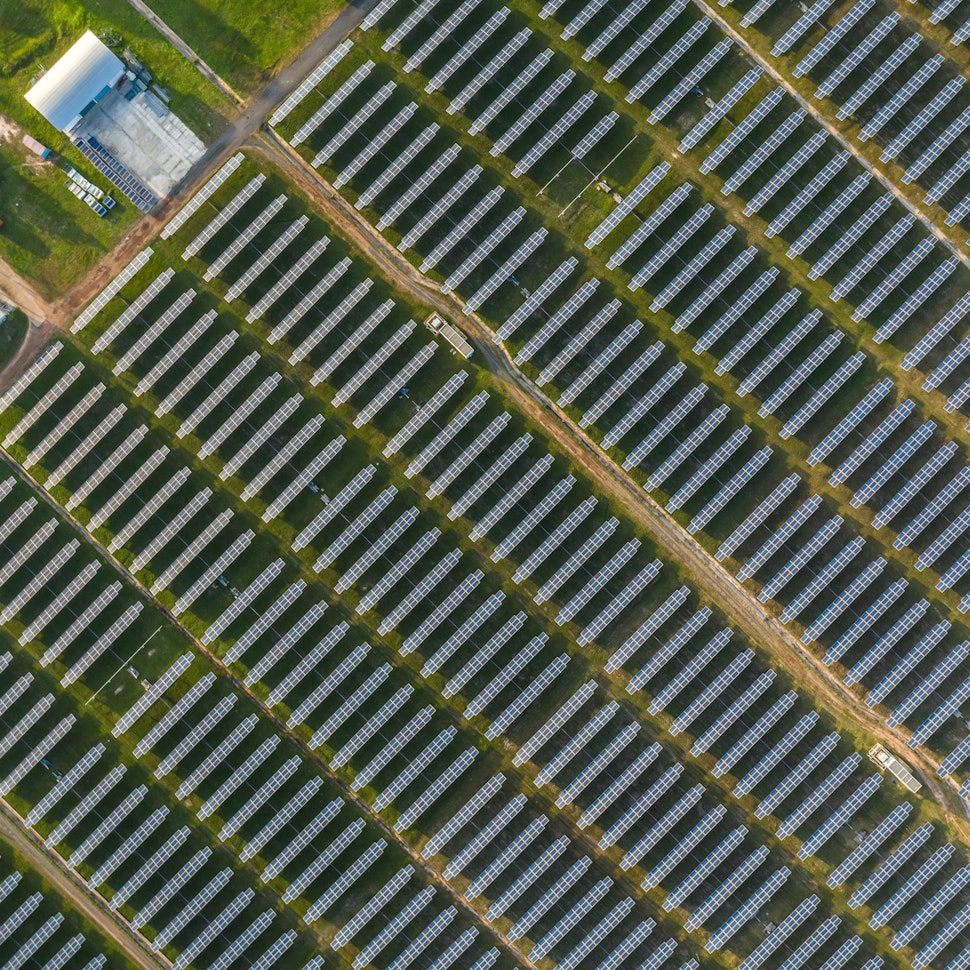- Solar energy blog
- Russia-Ukraine conflict exacerbates European energy crisis
Russia-Ukraine conflict exacerbates European energy crisis


Laura Rodríguez
Territory Manager Oceania & Nordics
Laura is a renewable and software industry sales professional, currently working at RatedPower as Territory Manager Oceania & Nordics. With a background in International Business and International Trade, Laura previously worked in the business strategy area in various companies as well as as a market analyst for the Government of Spain in Australia.

Content
Energy prices in Europe have soared to record highs, and the Russia-Ukraine conflict is only serving to escalate the fundamental problems that are plaguing the market.
But what does the current European energy landscape look like, and what role can clean energy play in providing long-term solutions? Let’s take a closer look.

European gas prices soar to record highs
Natural gas prices in Europe have been driven to record highs in 2022, after a sharp increase in 2021 as the region’s economies began to recover from the COVID-19 pandemic.
In Germany, the average wholesale electricity price in 2021 tripled to €97/MWh, its highest level in 20 years, according to research by the Institute of Energy Economics at the University of Cologne. While this was in part due to a below-average demand experienced in 2020 due to the pandemic, there were also problems with structural supply on the market that exacerbated the dramatic increase.
Following a cold winter and spring last year, energy stores were used, and the gas supply in Germany was depleted. When combined with delays of necessary maintenance and repairs on gas pipelines and electricity plants, there has been a significant impact on the available gas supply.
Owing to their own harsh winter, Russia did not increase supply to refill the stores over the summer. While not confirmed, there were also suggestions that Russia withheld supplies to put pressure on Germany to approve the operation of the Nord Stream 2 gas pipeline, despite opposition from Ukraine and the US. There were concerns that the pipeline would increase Europe's dependence on Russian energy and deny transit fees which are paid to Ukraine for a pipeline that runs through the country to deliver Russian gas into Europe.
Exports of natural gas from Russia to Europe were below their pre-pandemic levels last year, leaving Europe undersupplied heading into the winter. Meanwhile unfavorable weather reduced power generation from renewables in 2021, especially wind farms. At the same time, rising demand for natural gas in Asia raised prices for liquified natural gas (LNG). With natural gas accounting for around 20% of European electricity generation, the jump in prices has sent power prices higher for households and businesses across the region.
The state of the market was already a concern before Russia’s invasion of Ukraine heightened the crisis. Energy suppliers are now attempting to reduce their reliance on Russian gas imports – but what is the impact on European energy supply?
Russia-Ukraine conflict prompts market restructuring
Natural gas prices have accelerated further still in response to the Russian invasion.
European governments have resisted calls for sanctions against Russia’s energy exports given their dependence. But prices have climbed as traders have become concerned about potential supply disruptions.
In early March, Britain blocked Russian vessels from its ports and the EU considered banning Russian ships. “With the potential supply disruption from Russia reverberating throughout the European energy market, volatile energy prices are likely to continue for the foreseeable future,” said Dr Craig Lowrey, Senior Consultant at Cornwall Insight, according to Reuters.

With Russia accounting for at least 70% of natural gas supply in Slovakia, Bulgaria, Estonia, Latvia and Finland, European countries are aiming to reduce their reliance on Russian imports. The International Energy Agency (IEA) has come up with a 10-point plan for the EU to cut its use of Russian natural gas by over a third, while still supporting the European Green Deal. Europe aims to reduce its consumption by two-thirds by the end of 2021 and 100% by 2027.
Faster renewable deployment promises long-term price stability
Back in September, as critics placed blame for rising energy prices on the green transition, IEA executive director Fatih Birol wrote: “Unfortunately, we are once again seeing claims that volatility in gas and electricity markets is the result of the clean energy transition. These assertions are misleading to say the least. This is not a renewables or a clean energy crisis; this is a natural gas market crisis.”
Even before Russia’s invasion of Ukraine, the German government had set a target to generate 80% of its electricity from renewables by 2030. The government subsequently revised that target to reach 100% by 2035.
In December 2021, Germany closed three of its six remaining nuclear power plants, which had a total capacity of 4GW, reducing the availability of low-cost generation. And other EU nations are also phasing out nuclear plants. As renewable generation capacity is not yet sufficient to replace coal and nuclear power without adequate grid connectivity and storage capacity, gas-fired generation continues to provide essential backup, leaving Europe reliant on natural gas supply.

In the short term, there is little European governments can do to mitigate the impact of high energy prices on consumers. Some EU member states are providing financial support to help the poorest consumers. But over the long term, a faster transition to renewables could provide a sustainable solution that would allow the region to move away from importing fuel.
Even when there was below-average wind in northern Europe in 2021, renewables reached 42% of the EU’s energy mix in the second quarter and 36% in the third quarter, which was higher than the 32% share for fossil fuels in the second quarter and 35% in the third quarter. By ramping up renewable generation and investing in storage capacity, Europe can potentially phase gas out of the electricity market, in turn reducing prices and cutting its dependence on imports.
The need to reduce exposure to Russian supply and reduce the impact of volatile energy prices on European households has increased calls for accelerated investment in renewables as well as alternatives to gas heating.
Are you developing a utility-scale solar power investment? Rated Power can help you to optimize the project for the most efficient, low-cost electricity generation. Contact us to find out how.
Latest stories
Related posts
Market analysis
Powering through the peak: Why solar + storage is gaining momentum in MENAT
Discover how MENAT is building a functioning solar economy and why rising peak demand during extreme heat is squeezing its energy architecture.
Updated 11 DEC, 25


Market analysis
The rise of utility-scale PV + storage plants in Italy
Discover how Italy’s latest policies and auctions are driving utility-scale solar and battery storage projects to meet ambitious 2030 targets.
Updated 4 DEC, 25

Market analysis
From sun to socket: What Iberia’s grid needs to handle 2030 renewable targets
Discover how Spain and Portugal are upgrading their grids to meet ambitious renewable targets and prevent future blackouts.
Updated 25 NOV, 25

- RatedPower
- Solar energy blog
- Russia-Ukraine conflict exacerbates European energy crisis
 Watch a demo
Watch a demo Ask our AI Product Expert
Ask our AI Product Expert
